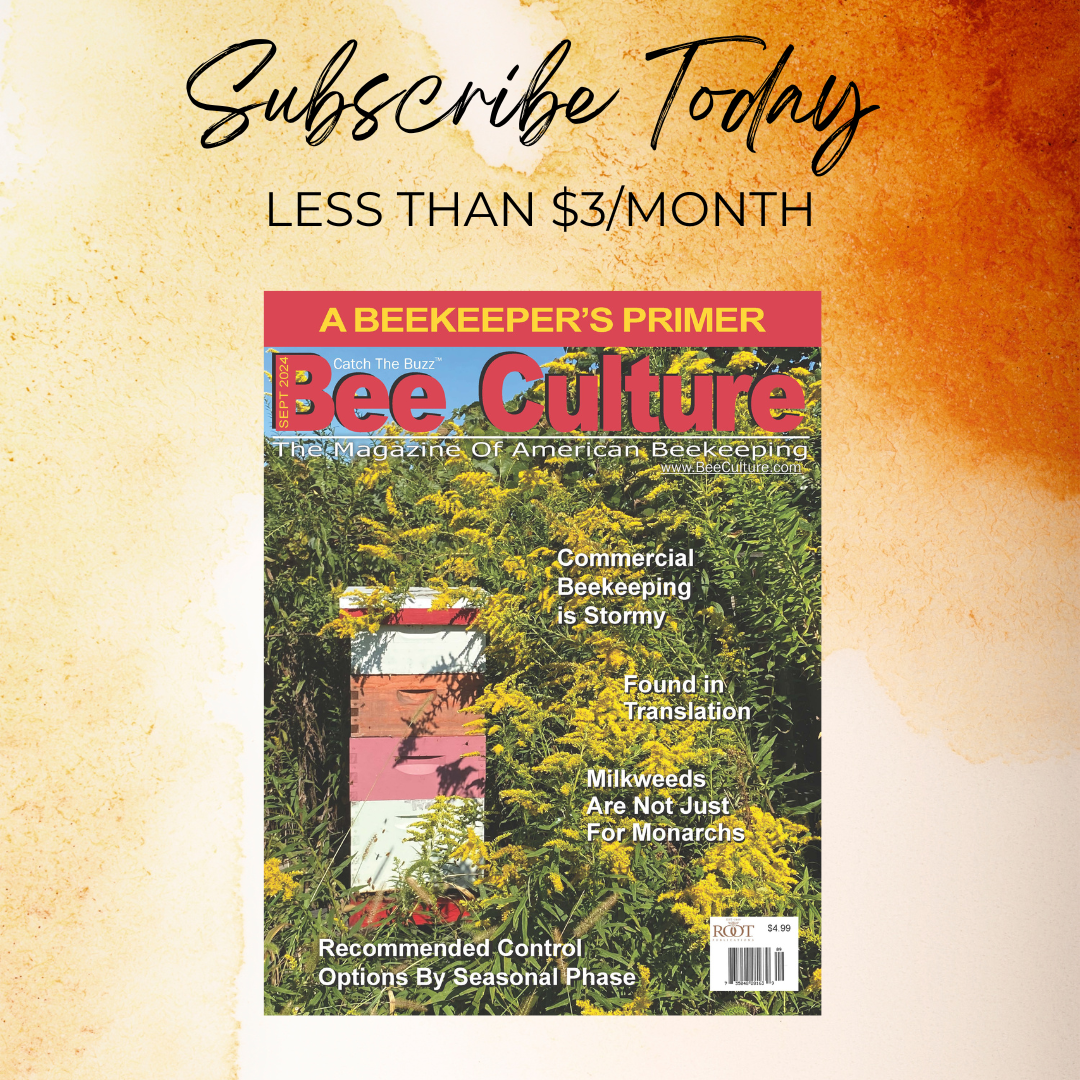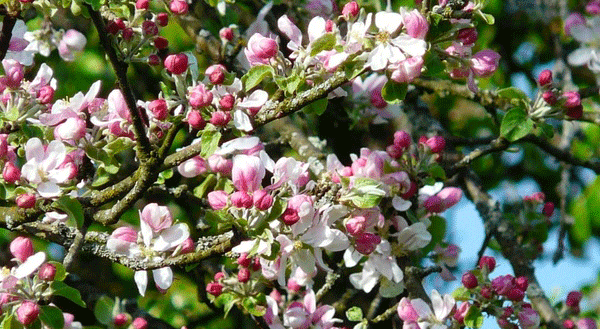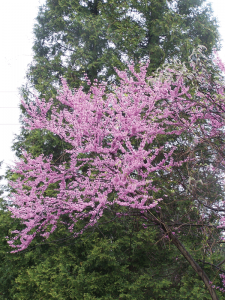By Christine Taylor
It starts in the trees, densely covered with thousands of flowers give bees an eco-rich source of nectar and pollen.
However, a new executive order designed to make the EPA revoke our most crucial public health and climate protection puts a price point on climate dangers that bees are facing every day. According to the Environmental Working Group, a non-profit, non-partisan organization dedicated to protecting human health and the environment states, “Pollinators, like bumble bees, are essential to producing one in every three bites of food we eat.”
The health and survival of bees are not just in suburban and rural beeyards or hollowed out trees. Unbeknown to many people, urban areas can also accommodate bees. Weronika Banaszak-Cibicka’s article, “Urban Forest & Urban Greening,” writes “the mosaic-like character of urban environments may create favorable living conditions for various populations of bees.”
Let’s not wait for big government. Today, we must find ways to help bees. Every year horticulturists attract bees by planting flowering annual and perennials in their flower beds. However, they may be less familiar with earning carbon credits as bees forage for pollen and nectar up in the tree canopy.
Fortunately, Urban Forest Carbon Registry, a non-profit organization based in Seattle, Wash., created a carbon credit program for individuals and businesses in urban areas to reduce carbon footprints. This program will ultimately assist bees to thrive as it connects urban tree planting and preservation projects with carbon buyers and sellers who want to reduce their carbon footprints.
You may be thinking, “How in the world will planting city trees increase our bee population?” Yes, trees clean the air, curb stormwater runoff, raise property values, sequester carbon, and reduce energy costs, but trees are also a source of food for bees.
According to Peter Wohlleben:
The pleasantly perfumed invitations sent out by tree blossoms do not release scents at random or to please us. Fruit trees, willows, and chestnuts use their olfactory missives to draw attention to themselves and invite passing bees to sate themselves. Sweet nectar, a sugar-rich liquid, is the reward the insects get in exchange for the incidental dusting they received while they visit. The form and color of blossoms are signals as well. (The Hidden Life of Trees, pg. 242).
Planting a variety of trees creates a myriad of benefits for bees and accommodates multiple bee species. Heirloom Gardener also emphasizes that “increased diversity and security of nectar and pollen sources benefit bees in a manifold of ways, such as reduced stress, increase life span, heightened immune system response more precise communication and yes, increased honey.”
So how do you get carbon credits for planting a diversity of trees in urban areas? According to Mr. Mark Mcpherson Executive Director of the Urban Forest Carbon Registry, “you must own the land and the trees in addition to submitting an application adhering to the protocols set forth to earn certified carbon credits.” One protocol of tree planting requires that the urban area is “defined by the most recent publication of the United States Census Bureau.”
Once your application is approved Mr. Mcpherson states, “you are responsible “for all aspects of the project, including documentation, reporting, and record-keeping.” By the way, businesses, non-profit entities, or quasi-governmental bodies like utilities can take advantage of city tree planting projects.
Need more bee supplies like queens, candles, or any of the many bee related items? Any time after five years of your tree-planting project, you can request verification and issuance of credits by the Registry to sell your carbon credits. However, during those five years bees are foraging and flourishing.
Mr. McPherson also suggests, “to maximize carbon credit, plant trees that will grow to have large trunk trees, conifers will help.” Most importantly we also want to plant trees to help bees.
So which large trunk trees will qualify for carbon credits and also help bees? Bee Bee Trees can grow 30 to 50 feet tall or more and is usually just as wide. Oak trees house different pollinators and bees often return for years to come.
Bees are very appreciative of the presence of Tupelo trees by giving us the cream of the crop – Tupelo Honey. Tupelo trees also “serve as an important late-spring food source.” Bees also flock to the blooms which burst with sweet nectar from Yellow Poplar or Tulip trees. According to the Arbor Day Foundation,”Yellow Poplar are one of the largest of Eastern hardwood trees.”
From early Spring through late Summer trees offer food for bees. According to Denise Ellsworth from the Department of Entomology at Ohio State University, she states:
Significant bee foraging activity on trees such as Carolina silverbell (Halesia Carolina), seven-son flower (Heptacodium miconioides), Goldenrain tree (Koelreuteria paniculata) and Jampances pagoda tree (styphnolobium japonicum) are just some of the trees that can be planted in urban settings.
Other bee loving trees to consider planting are the American Linden or Basswood (Tilia Americana). It can grow to a height of 50 feet and approximate width of 30 to 35 feet. The Southern Magnolia grows to about 35 feet tall and 25 wide. The Chokecherry and Redbud trees are a little smaller. They grow to a height of approximately 20 feet and 15 to 25 feet wide. Crabapple and Serviceberry are small but bee loving trees.
Urban community gardens are one facet of urban tree planting and an excellent place to plant Apple, Plum or Black Cherry trees. Honeybees relish the nectar and pollen while they expand the fruit crop, and we get to savor the results!
An unknown author states, “A bee’s favorite colors are The continued survival of bees is not something to take lightly. Deciding to plant trees in urban areas for bees will afford them more food, shelter, and reduce our carbon footprints. There’s a global need to repair the bee colony, but if we act locally, our efforts will produce more pollinators.








